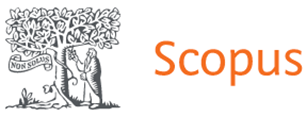Subcultures and Their Characteristic Linguistic Properties
DOI:
https://doi.org/10.15330/jpnu.3.4.20-26Keywords:
subcultures, outliers’ community, obscene language, slang, translationAbstract
The article deals with subcultures and their characteristic linguistic properties. Subculture is characterized by a number of designations that serve as a code for communication between “themselves”, as a means of isolating and creating opposition, for self-expression, etc. As most subcultures are represented by young people, youth language absorbs lexical units peculiar for subcultures. Despite the fact that lexicon of subcultures as well as the youth language in general is influenced by the flow of time and changes, it is mostly recorded in the dictionaries, some of it goes into the spoken language, which is used not only by young, but middle and older generation, especially when it comes to notions which emerged at the time of their youth (for example, certain designations in music). Based on the study of German scientists who distinguish the main characteristics of subcultures and inherent for them groups of the most used lexical units, one can observe both coincidence and divergence of lexical units meaning recorded in the dictionaries. Besides specific notions indicating certain characteristics of one or another subgroup (related to music, fashion etc.), subcultures mainly use the youth and spoken language and if necessary a literary one. In the language of subcultures the intensifiers such as, voll, total, echt, tierisch, unheimlich, irre etc are used to reinforce the quality. In the Ukrainian writers’ translations into German one can notice a number of analyzed lexical units typical for the language of subcultures as well as for the youth language in general











